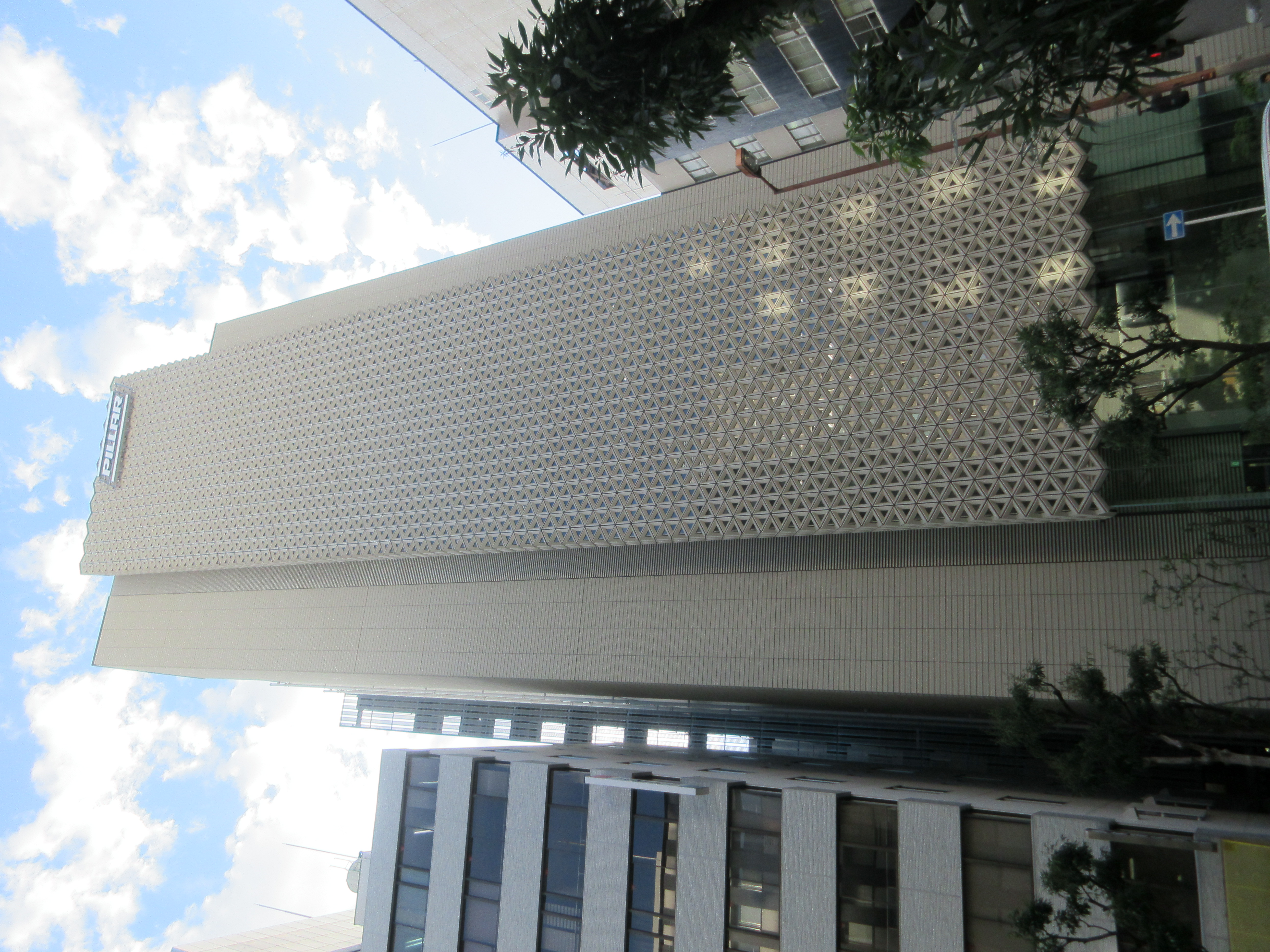Materiality
With the aim of contributing to a sustainable society by practicing our corporate principles, Quality First, Cooperation and Harmony, and Steady Research, the PILLAR Group—under the slogan CLEAN, SAFETY, and FRONTIER—is working toward the goal of creating a future that will support society. As part of these efforts, we have identified materialities that we are committed to engaging in with the fluid control technology we have refined up to now.
Materiality for PILLAR
The PILLAR Group has identified materialities that the Group should address in order to both contribute to a sustainable society through our business and to achieve the sustainable enhancement of our corporate value, as stated in the Sustainability Policy.These identified materialities will serve as a guidepost for our Group's business activities, helping us to create a positive impact on society and the environment through our business
Materiality identification process
In identifying materialities for the PILLAR Group’s, we begin by assessing the current state of affairs and identifying social challenges. Then, after evaluating and prioritizing social challenges, we confirm the appropriateness of the proposed materiality by drawing on the opinions of experts. Finally, the identified materiality groups and content are approved and determined by the Management Meeting and the Board of Directors.
| Assess the current state of affairs and identify social challenges |
In assessing and analyzing the current state of our business affairs and discussing and reviewing the challenges to be addressed in the future, we check these against global guidelines such as the 169 targets of the SDGs and ISO 26000, refer to key issues at other companies, and incorporate the opinions of experts. |
|---|---|
| Evaluate and prioritize social challenges |
The management team discusses the potential social challenges, evaluates the challenges, and narrows down the candidates. The importance of the management perspective from the perspective of contribution to the sustainable growth of the Group and the importance of the stakeholder perspective reflecting the demands of stakeholders and society are then determined, and the materiality is evaluated and prioritized by along these two axes. |
| Confirm appropriateness of proposed materiality |
The materialities are prioritized and mapped to a materiality map, and the opinions of external experts are incorporated to confirm their objectivity and appropriateness. |
| Approval by Management Meeting and Board of Directors |
After incorporating the opinions of experts, we identify the materiality group and the materialities that are linked to that materiality group.The Management Meeting then confirms the appropriateness of the Group’s approach to these issues, and finally, the Board of Directors gives its approval to the decision. |
Materiality matrix

PILLAR Group’s Materiality and Related SDGs
| E | S | G | Materiality Group |
Materiality | Related SDGs |
|---|---|---|---|---|---|
| Decarbonization and energy saving |
1Development and manufacture of products through the use of fluid control technology and material technology, etc., to enable decarbonization and energy conservation |




|
|||
| 2Expanding clean energy and energy savings in manufacturing |




|
||||
| Circular economy and resource conservation |
3Development and manufacturing of sealing products using IT/DX technology and sustainable raw materials |




|
|||
| 4Development and manufacture of resource conserving products |





|
||||
| 5Resource efficiency and sustainability through improved production technology (IT/DX,automation), etc. and 3Rs of waste |



|
||||
| Prevention of chemical pollution and conservation of water resources |
6Development and manufacture of products that contribute to the prevention of chemical pollution and the conservation of water resources |







|
|||
| 7Prevention of chemical pollution in manufacturing and conservation of water resources |





|
||||
| Biodiversity conservation |
8Promoting biodiversity conservation at each site |


|
|||
| Product development and manufacturing in response to social issues |
9Development and manufacture of products to cope with disasters such as earthquakes and floods |




|
|||
| 10Development and manufacturing of new products by applying technology to meet market needs (sensor business, IoT utilization, etc.) |




|
||||
| 11Pursuit of safety and quality assurance of product services |

|
||||
| Creation of workplaces that enable diverse human resources to grow and succeed |
12Occupational safety and health |


|
|||
| 13Respecting human rights and promoting diverse human resources and work styles |






|
||||
| 14Human resource development, recruitment and retention |



|
||||
| Living in harmony with the world and society |
15Creating innovation through industry-government academia collaboration |



|
|||
| 16Promoting CSR procurement |







|
||||
| 17Contribution to regional and community development |



|
||||
| Establishing transparent and responsible governance |
18Ensuring board independence and transparency |

|
|||
| 19Establishing a system for managing potential risks in business activities |




|
||||
| 20Implementing Corporate Principles and integrity |






|
||||
| 21Corruption prevention |

|






